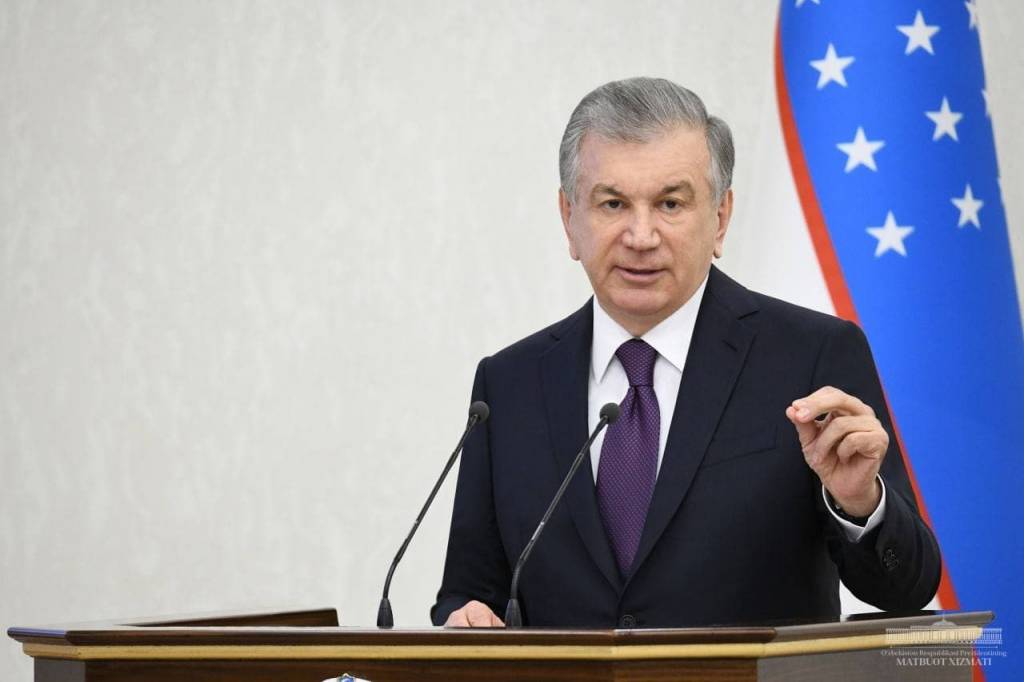
On October 27, President Shavkat Mirziyoyev chaired a videoconference on the development of the cluster system in agriculture.
Shavkat Mirziyoyev expressed gratitude to Uzbekistan people for their support in the elections of the President of the Republic of Uzbekistan and assured that all the goals and objectives set in the election program will be implemented.
In particular, big plans have been identified in the direction of agriculture. Over the next five years, it is planned to increase yields by at least 2 times, ensure deep processing of raw materials, increase exports to $7 billion, increase employment and incomes of the population.
In this case, the leading role is assigned to clusters. This system, in a short time, created the basis for great changes. Thus, in cotton-growing alone, fiber processing increased 2.5 times and reached 100 percent. In addition, the production of yarn has doubled, finished products – tripled, their exports by the end of the year will reach $ 3 billion.
125 new enterprises were created with a full production cycle with a total value of $2 billion and 150 thousand permanent jobs.
The clusters brought more than 5 thousand units of high-performance equipment. Water-saving technologies on 126 thousand hectares were introduced.
Productivity increases thanks to the innovative approach. Many clusters have harvested 35-40 centners of cotton per hectare this year.

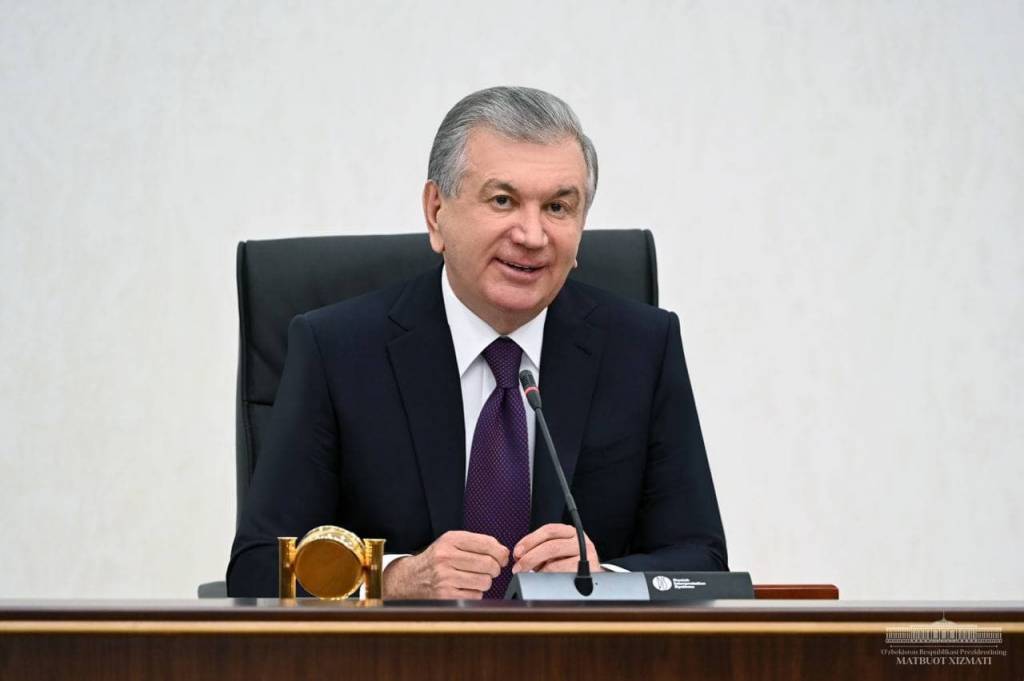
The Head of the state noted the need for continuing this work and expanding the capabilities of clusters to increase productivity in agriculture and the agro-industrial complex.
At pre-election meetings, farmers and dehkans, cluster leaders voiced many of the problems they face. These issues were systematized and proposals for their solution were developed.
“The main problem is the outdated method of financing”, the President said. – It does not meet the requirements of the industry development. Cotton-textile clusters ask for longer loan terms and increased amounts. Currently, loans to clusters are provided for 11 months. It takes at least 24 months to grow and process raw cotton. Although the preparation of the land for planting begins in October, the loan is considered for 3-4 months and is allocated from January to February. This old system will now be completely overhauled.
As noted at the meeting, now funding for harvesting cotton will start with the beginning of plowing, that is, in October. From now on, loans to clusters will be allocated for a period of 24 months, and their grace period will be increased from 11 to 18 months.
The cluster will repay the loan after the raw materials are converted into finished products – not earlier than they will be processed into yarn or fabric. 10 trillion UZS will be allocated from the budget for the implementation of this system. To this end, an additional $100 million will be allocated to the Agriculture Support Fund by the end of the year.
Financial grants for 1 million UZS per hectare of cotton fields will be allocated for measures such as increasing soil fertility and productivity, switching to new irrigation technologies, protecting plants, creating modern laboratories, training farmers.
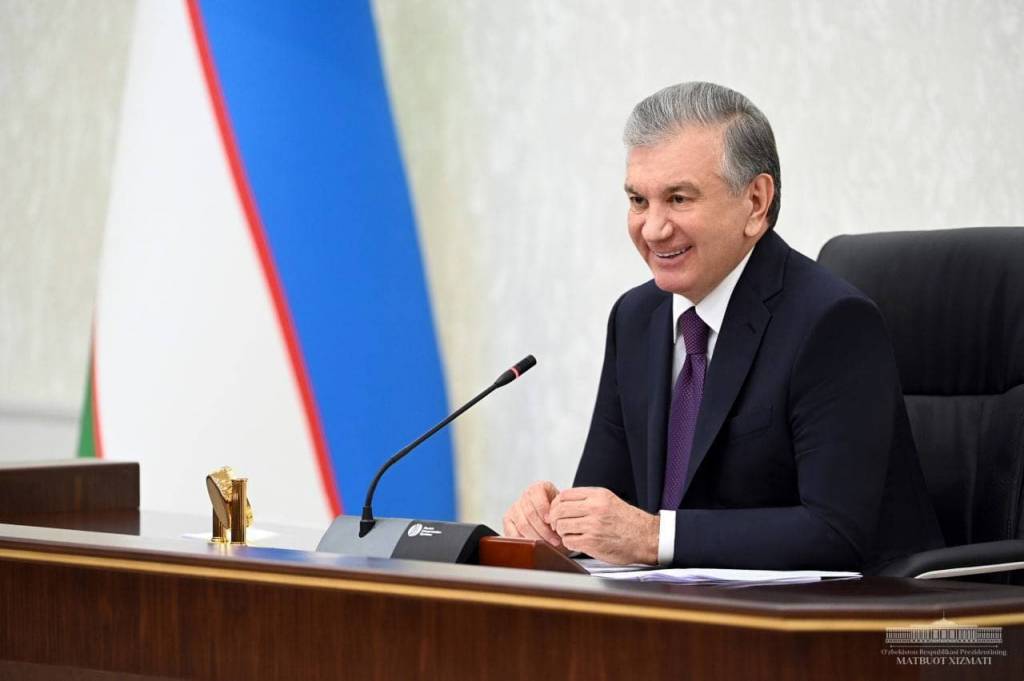
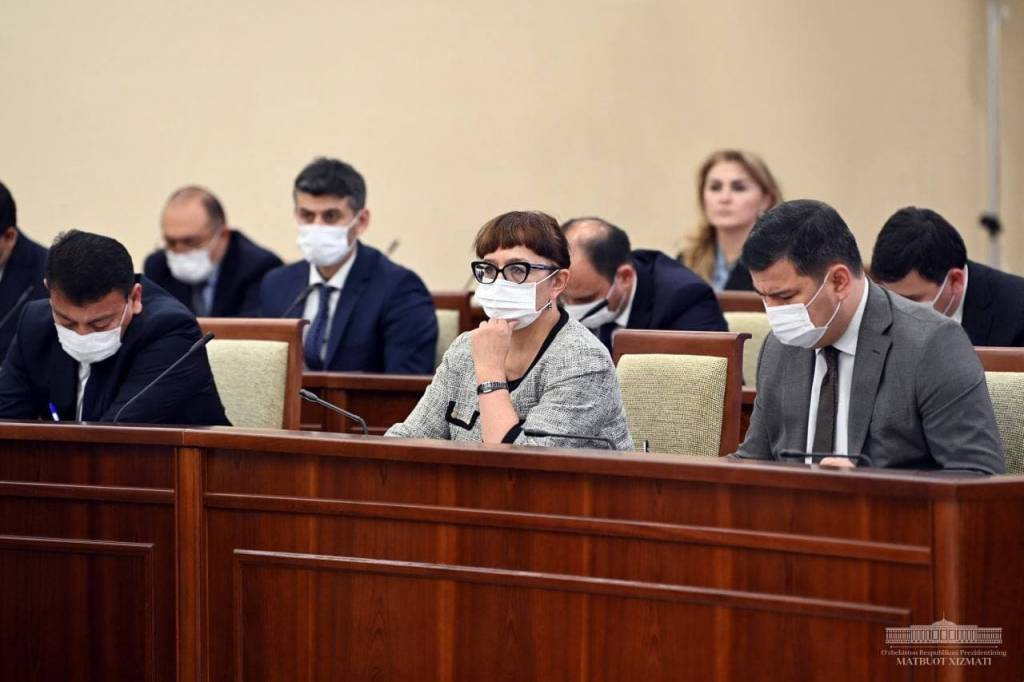
The Ministry of Finance and the Central Bank were instructed to introduce the specified system.
It is planned to increase the level of yarn processing in clusters from the current 50 to 70 percent in the next two years. In this regard, new cluster support mechanisms have been announced.
So, for the purchase of equipment for dyeing fabrics and the production of mixed fabrics, financial grants are provided from the state, depending on the capacity of the enterprise. Another $150 million will be allocated to finance such projects.
A new $100 million low-rate credit line will be opened by the government to support the export of dyed fabric and finished goods businesses. For clusters and other textile enterprises that export at least 80 percent of such goods, the social tax rate is set at 1 percent for 3 years instead of the current 12 percent. They will also be allowed to pay property tax with a three-year grace period. Due to this, at least 500 billion UZS a year will remain at the disposal of enterprises.
Another convenience – starting next year, clusters will be allowed to take out loans secured by raw cotton and fiber.
At the meeting, instructions were given to further strengthen the legal guarantees for the activities of the clusters.
As is known, the transition to market relations in the production and sale of grain continues. The President noted that from next year grain clusters and farmers will have the right to freely sell wheat at market prices.
At the same time, clusters and farms will have to put up 2.5 tons of grain from each hectare for exchange trading within 3 years, and they will be able to sell the rest of the crop at their discretion.

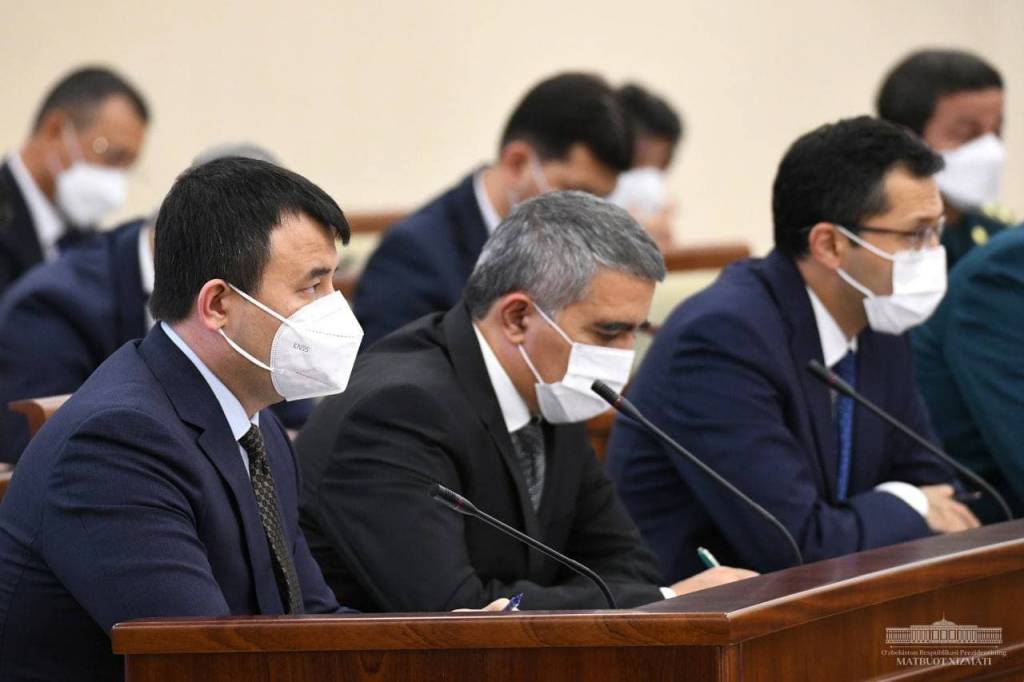
Grain processing enterprises within “Uzdonmakhsulot” will be put up for auction to create grain-growing clusters on their basis.
Responsible persons were instructed to make a full payment for grain within two weeks.
Measures to create additional opportunities for fruit and vegetable clusters and cooperatives were also discussed at the meeting. The importance of concessional lending to these entities through the Agriculture Support Fund was emphasized. In particular, the fund will allocate credit resources for the working capital of fruit and vegetable clusters at a rate of 10 percent for 1 year.
Starting next year, a competition for insuring fruits and vegetables against weather risks will be held among insurance companies. 50 percent of the insurance premium will be covered by the state for clusters and farmers with export contracts.
It is planned to reduce 200 thousand hectares of low-yielding areas of cotton and grain. They will be provided to the population on a long-term lease on a competitive basis.
The Head of the state noted the need for paying special attention to low-income families, training them in housekeeping and providing appropriate assistance.
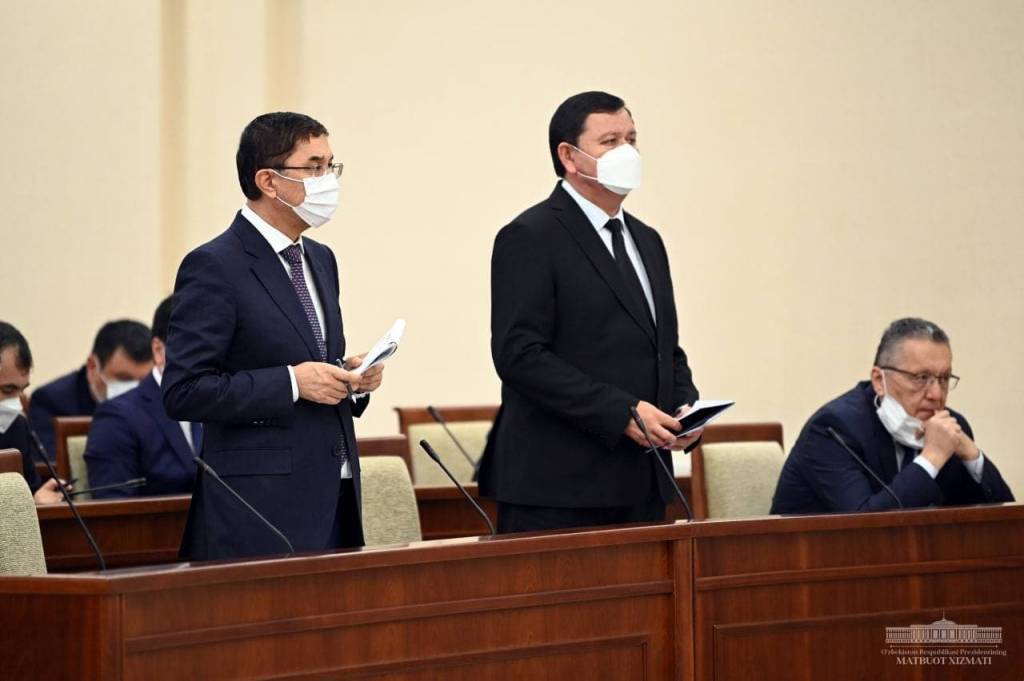


For this, loans will be provided for fruit and vegetable projects worth up to 100 million UZS on the terms of the “Every family entrepreneur” program.
The Ministry of Agriculture was instructed to provide infrastructure for fruit and vegetable clusters and processing enterprises, as well as create agrological centers based on public-private partnerships.
The issue of modernization of agricultural machinery was also considered. To support farmers and clusters, starting next year, payments on loans for the purchase of equipment over 10 percent will be covered by the state.
In addition, imported equipment, components and spare parts will be exempted from customs duties for 3 years. As a result, clusters and farmers will be able to save up to 35 percent when purchasing equipment.
It is envisaged to provide benefits for laser leveling, planting new disease-resistant varieties of crops, development of seed production, and the use of water-saving technologies.
In general, it is planned to allocate 25 trillion UZS for these purposes annually.
The task was set to develop draft decrees and resolutions on the implementation of the initiatives put forward at the meeting.
UzA








